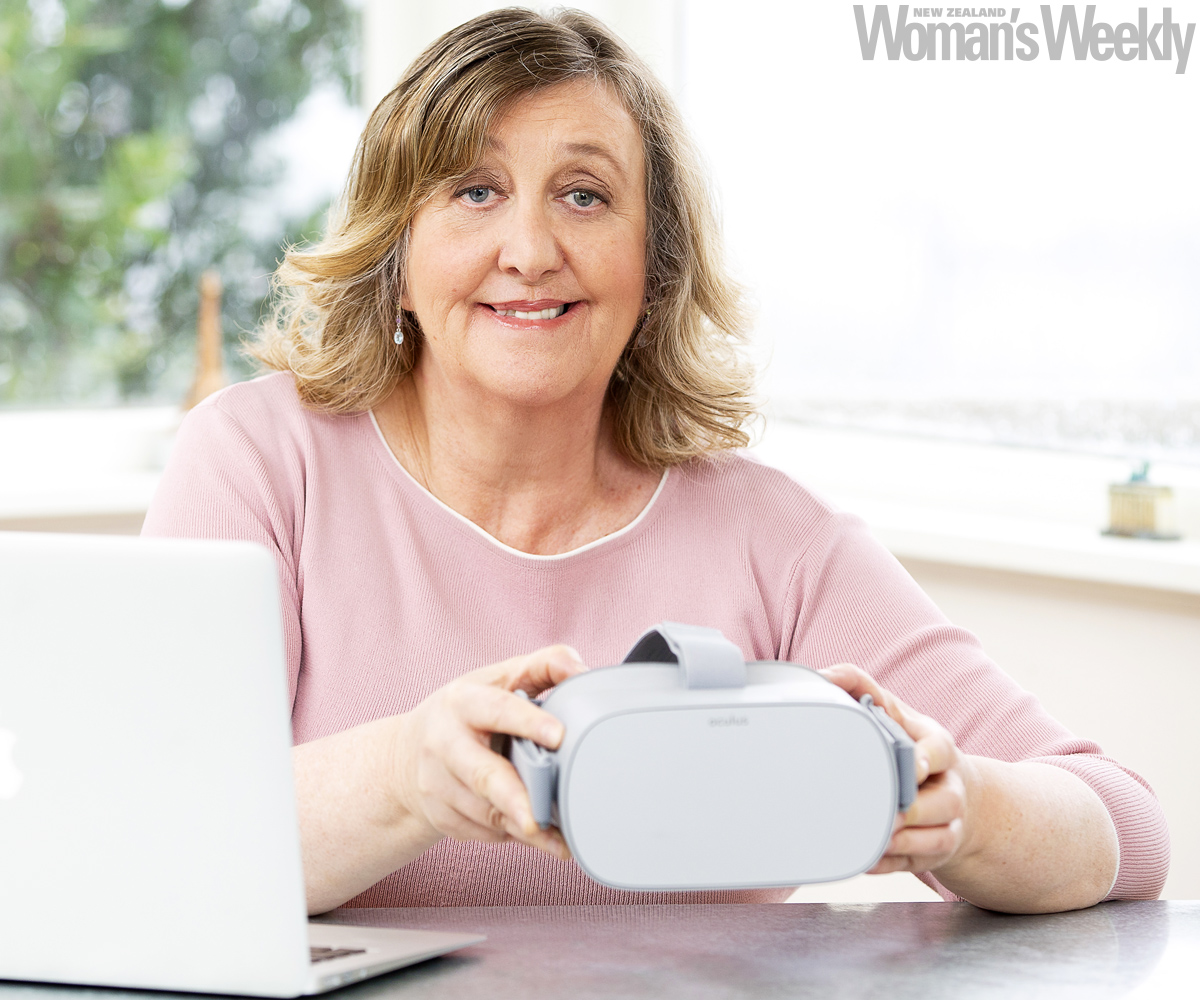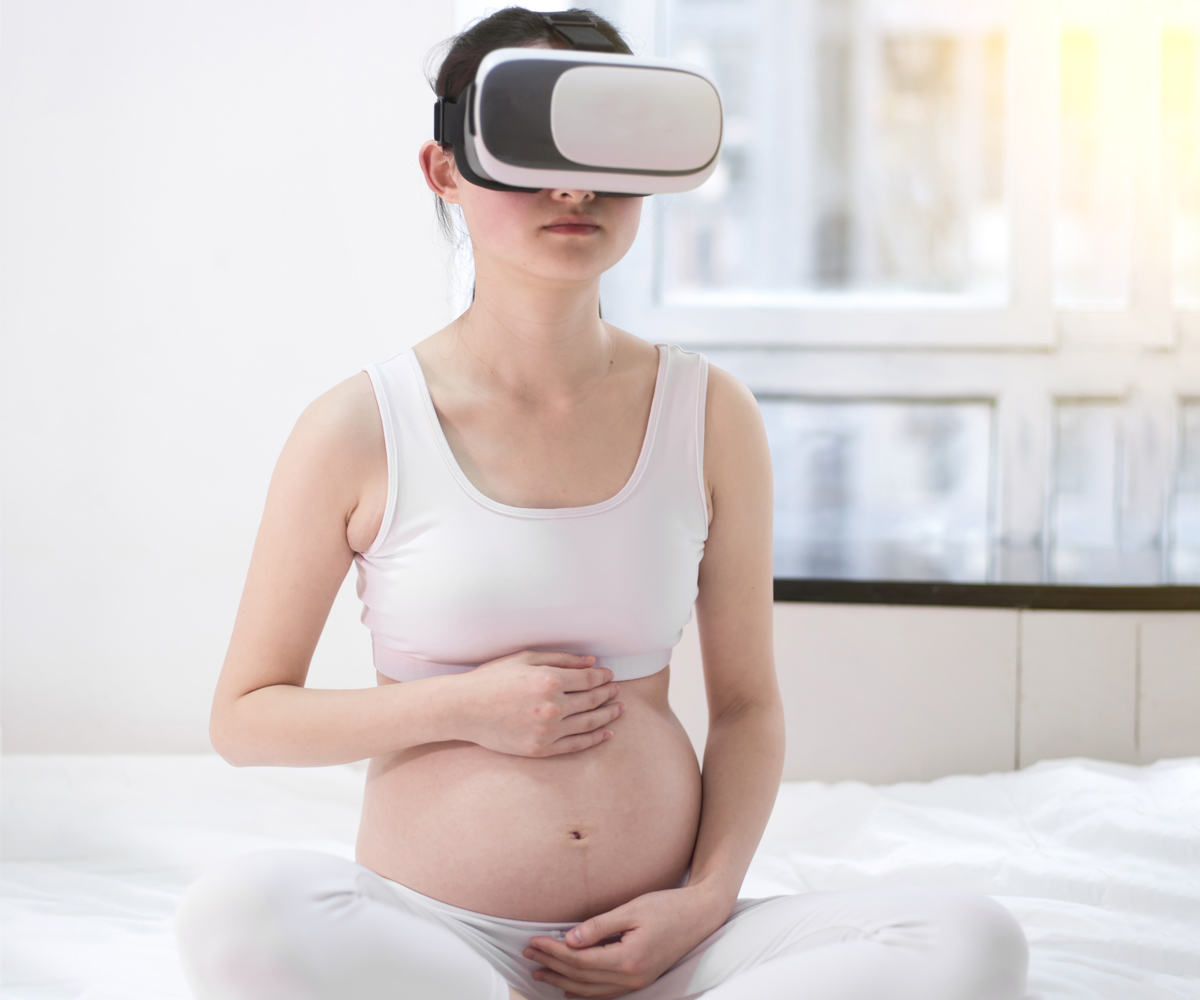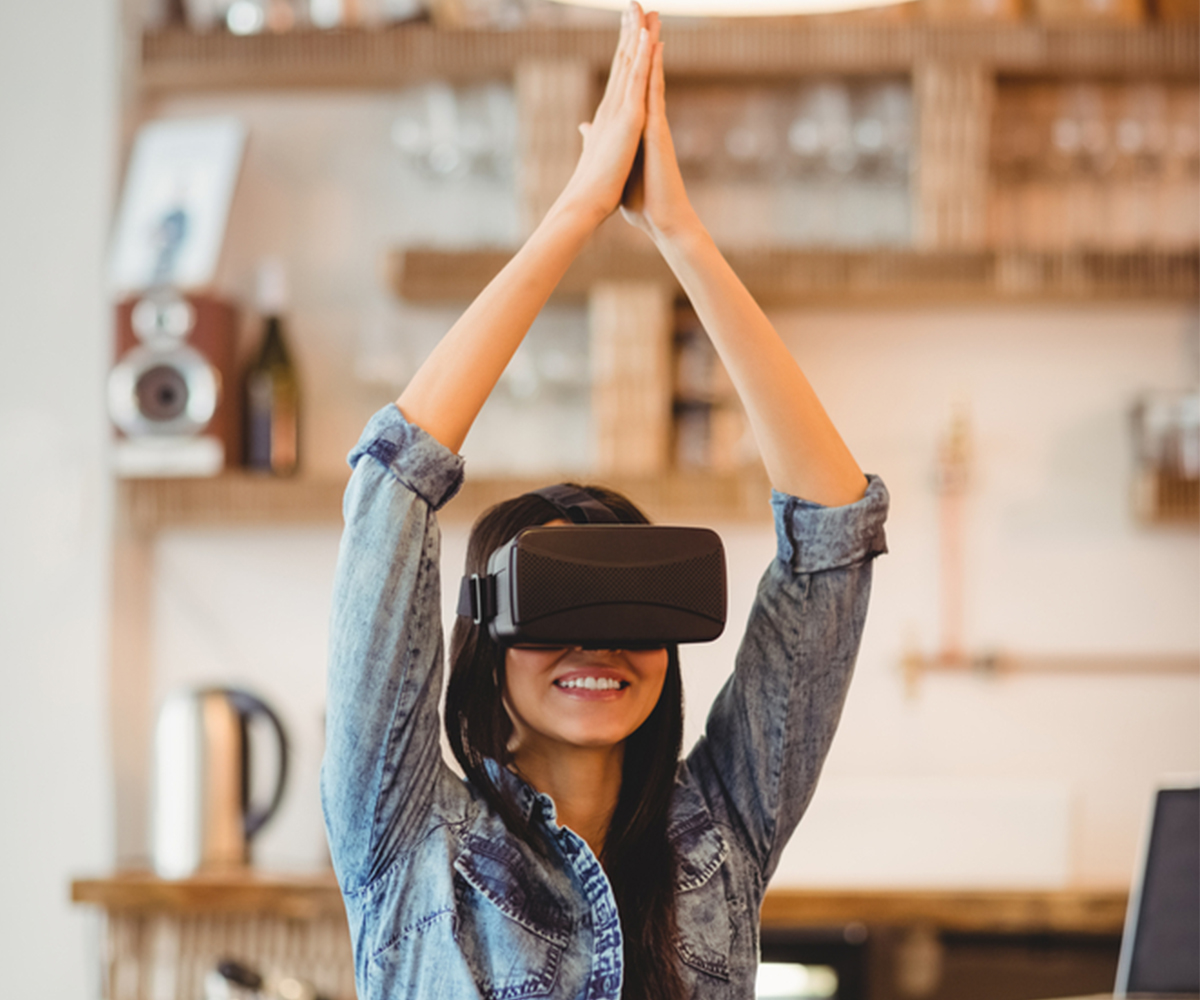Imagine giving birth on a tropical beach.
It’s a strange concept, but dreaming that crystal blue waves are crashing at your feet as the sun sets over the horizon will help you through your labour, according to PhD student Lorna Massov.
The Wellington midwife has completed research on the use of virtual reality (VR) as a form of pain management during childbirth.
With more than 20 years’ experience, Lorna (56) saw the opportunity for the use of VR in labour as another tool for mothers.
“Women often want to control their pain, or manage it, rather than have the pain taken away completely,” explains Lorna.
“I knew virtual reality was being used in a variety of acute pain settings, so I thought it could work well in a labour and birth setting.”
The headset works by immersing the expectant mum in another environment, to the point they feel as though they’re in a different reality.
Lorna thought relaxing scenes would work well in what is traditionally a highly stressful and painful situation, distracting women in labour enough to reduce their discomfort.

Lorna has studied how technology can reduce the anxiety women may experience while giving birth.
The mum to Hunter (19) and Luca (17) opted to give women four idyllic locations to choose from, including a dreamy beach vista and an interactive underwater view.
“A lot of women talked about the feeling of going to a different place and escaping the sterile, medical room that they were in.
“When you’ve got the headset on, you can only hear the music or the sound of your own breathing, so it’s very relaxing and this allows them to go into their own little world,” she explains.
Between April and September last year, Lorna recruited 26 expectant mothers to take part in her study. Of them, only 19 ended up using the VR headset on the day of birth, as the other labours progressed too quickly.
Those who participated donned the headset for 10 minutes during active labour while various measurements were taken, such as heart rate, blood pressure and pain scores.
The women then removed the headset and, after a short spell, had their vital signs re-recorded.
Once the testing period was over, the women could choose whether they wanted to continue using the headset.
“I had some amazing feedback from the women. Eighteen out of the 19 women really enjoyed the virtual reality and said they would use it again in their labour, and that they’d recommend it to other pregnant friends.
“They found the VR really novel and it was also non-invasive. If they hated it, they could just take it off.”
Although she has finished gathering data, Lorna estimates she won’t finish writing her thesis until later this year.
However, the results of her study have already confirmed her theory.
Lorna found there was a statistical reduction in pain for women who used the VR system. The maternal heart rate and diastolic blood pressure, which is a physiological measurement of pain, were also lower for the mums.
“It allowed them to go somewhere that was nice, relaxing and help them cope a little bit better with the labour pain,” says Lorna.
“A lot of women get very anxious about the process and I think that women need to kind of believe in their ability to birth normally.
“Many of those I spoke to really felt that virtual reality helped to calm them. By being relaxed, it made it a more enjoyable experience.”
It was especially popular among first-time mothers, who weren’t sure what to expect during childbirth, as well as women who were giving birth for a second or third time but had medical intervention the first time around.
In her line of work, Lorna has noticed many women wanting to opt out of medical interventions, such as epidurals, and try other pain-reduction techniques, such as water immersion, hypno-birthing and music therapy.
Having VR now means that women have another tool to cope with contractions.
Other midwives have shown interest in the study, according to Lorna.
With such positive results, she hopes VR as a form of pain management during childbirth will become more prevalent.
“I didn’t have anybody say how much they really hated it,” says Lorna.
“Even if it didn’t work for them at that particular point, or that particular labour, they could still see the potential for it.
“Many women want to try to have a natural, non-pharmacological birth, so they are willing to try new interventions. VR is here to stay and it should be used for the common good.”




